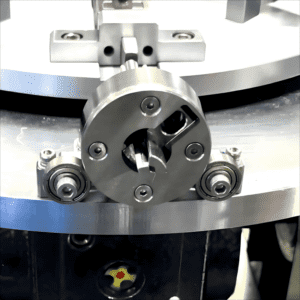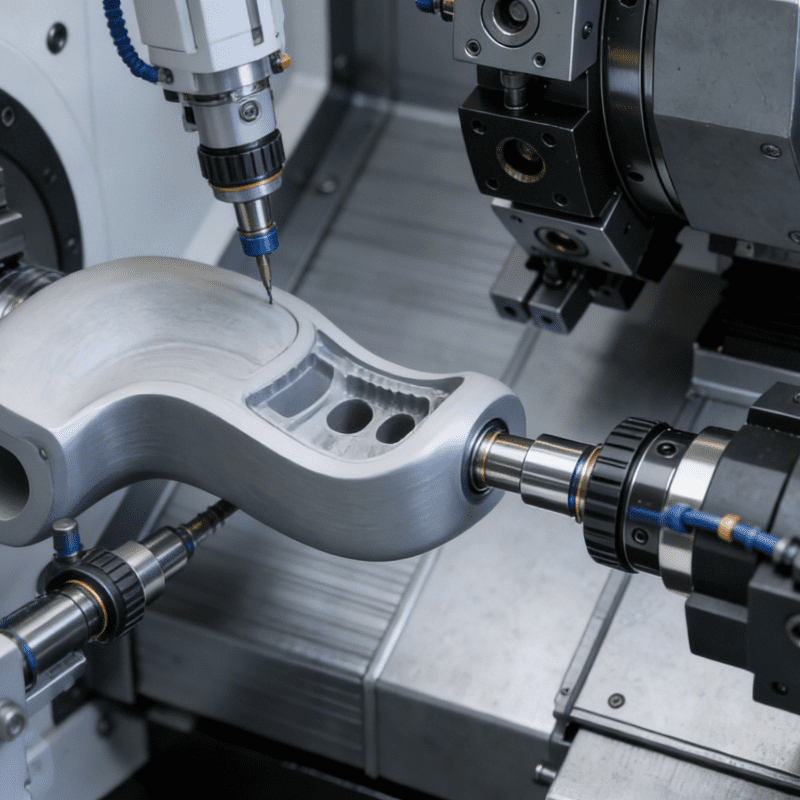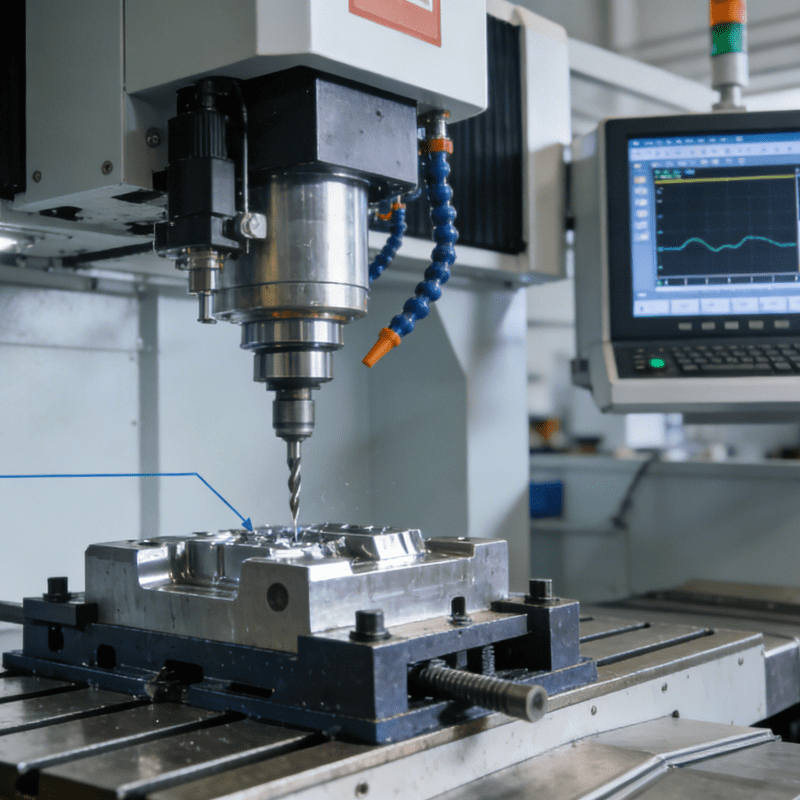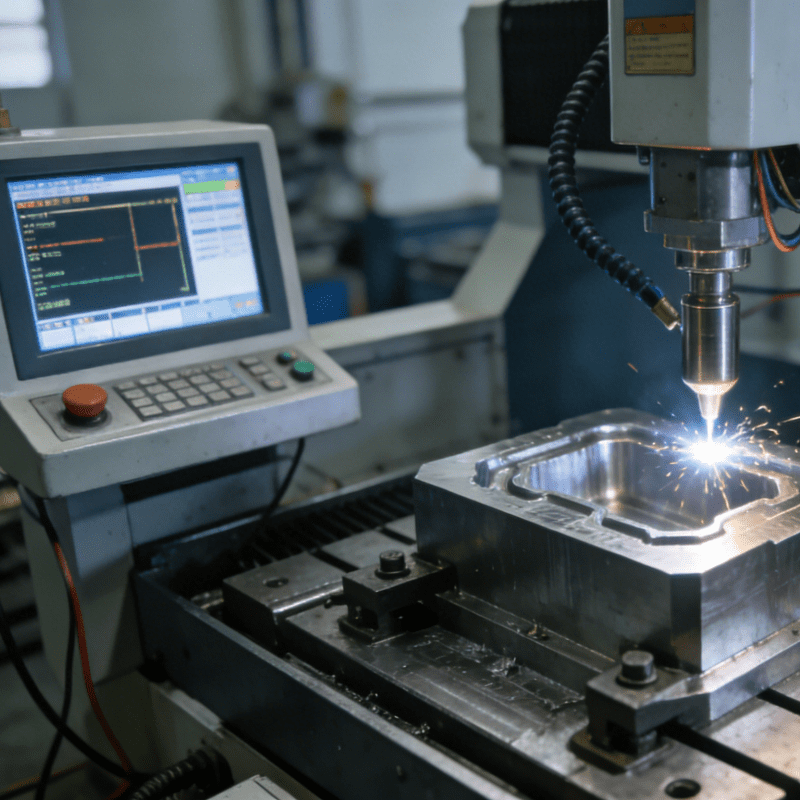At the heart of Honda’s electrification journey, the Ohio-based Electric Vehicle Center is redefining automotive production paradigms with over $1 billion in investment, centering on flexibility and sustainability. By overhauling the Marysville Auto Plant (MAP), East Liberty Auto Plant (ELP), and Anna Engine Plant (AEP), the center will master industry-leading flexible manufacturing—enabling seamless switches between internal combustion engine (ICE) vehicles, hybrids, and pure electric vehicles (EVs) on a single production line. This agility not only allows swift responses to market shifts but also builds in ample adaptability for the full transition to electrification ahead. More than a milestone in Honda’s pledge to achieve “100% zero-emission vehicles by 2040,” it marks a transformative leap from traditional manufacturing to “human-centric, eco-friendly” smart production.
The center’s first mass-produced model will be the all-new Acura RSX SUV, set to roll off the line by late 2025, followed by production versions of the Honda 0 Series Saloon and SUV prototypes unveiled at CES 2025. A key highlight of the 0 Series is its proprietary operating system, ASIMO OS—named in tribute to Honda’s iconic humanoid robot—underscoring the lineup’s “intelligent mobility” core and delivering a more intuitive user experience. Complementing this is the joint LH Battery Plant with LG Energy Solution, a $4.4 billion investment with a planned annual capacity of 40 GWh. This facility will provide stable energy support for the electric vehicle center, forging a localized “vehicle + battery” production loop.
Beyond manufacturing innovation, the Honda Electric Vehicle Center embeds sustainability into every link of the production chain through its “Triple Action towards Zero Emissions” strategy. For carbon neutrality, AEP has introduced high-efficiency furnaces to reduce natural gas consumption, with future upgrades to plasma arc melting technology; plant-wide upgrades to energy-saving HVAC and lighting systems further shrink the carbon footprint. In clean energy, Honda’s North American manufacturing operations already source over 60% of their electricity from renewable wind and solar via long-term virtual power purchase agreements (VPPAs), with a goal of 100% carbon-free energy. In resource recycling, efforts span from on-site aluminum recycling at AEP for battery case production to repurposing employee uniforms into automotive sound-absorbing and thermal insulation materials—upholding a commitment to “full utilization of sustainable resources.”
From breakthroughs in flexible production to lifecycle environmental initiatives, the Honda Electric Vehicle Center is more than a manufacturing hub—it is a tangible manifestation of Honda’s “zero environmental impact by 2050” vision. The electrified production expertise and technologies honed here will ripple through its North American and global factory networks, offering the industry a blueprint for “agile response and green sustainability.” When the first Acura RSX SUV debuts in late 2025, it will symbolize far more than a new model; it will stand as a pivotal stride for the automotive industry toward an intelligent, low-carbon future.
What is the market size of medical device assembly machines?




















